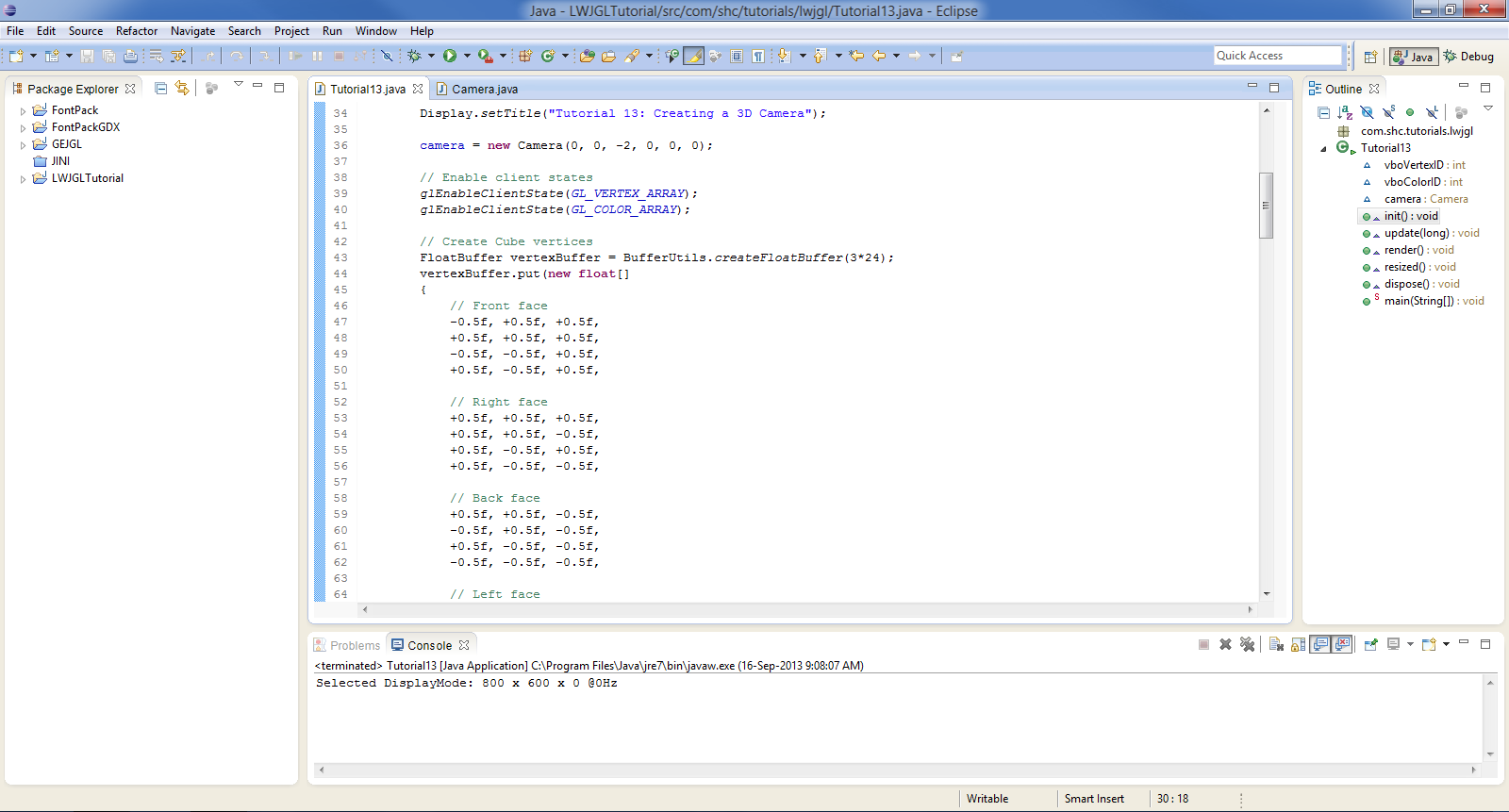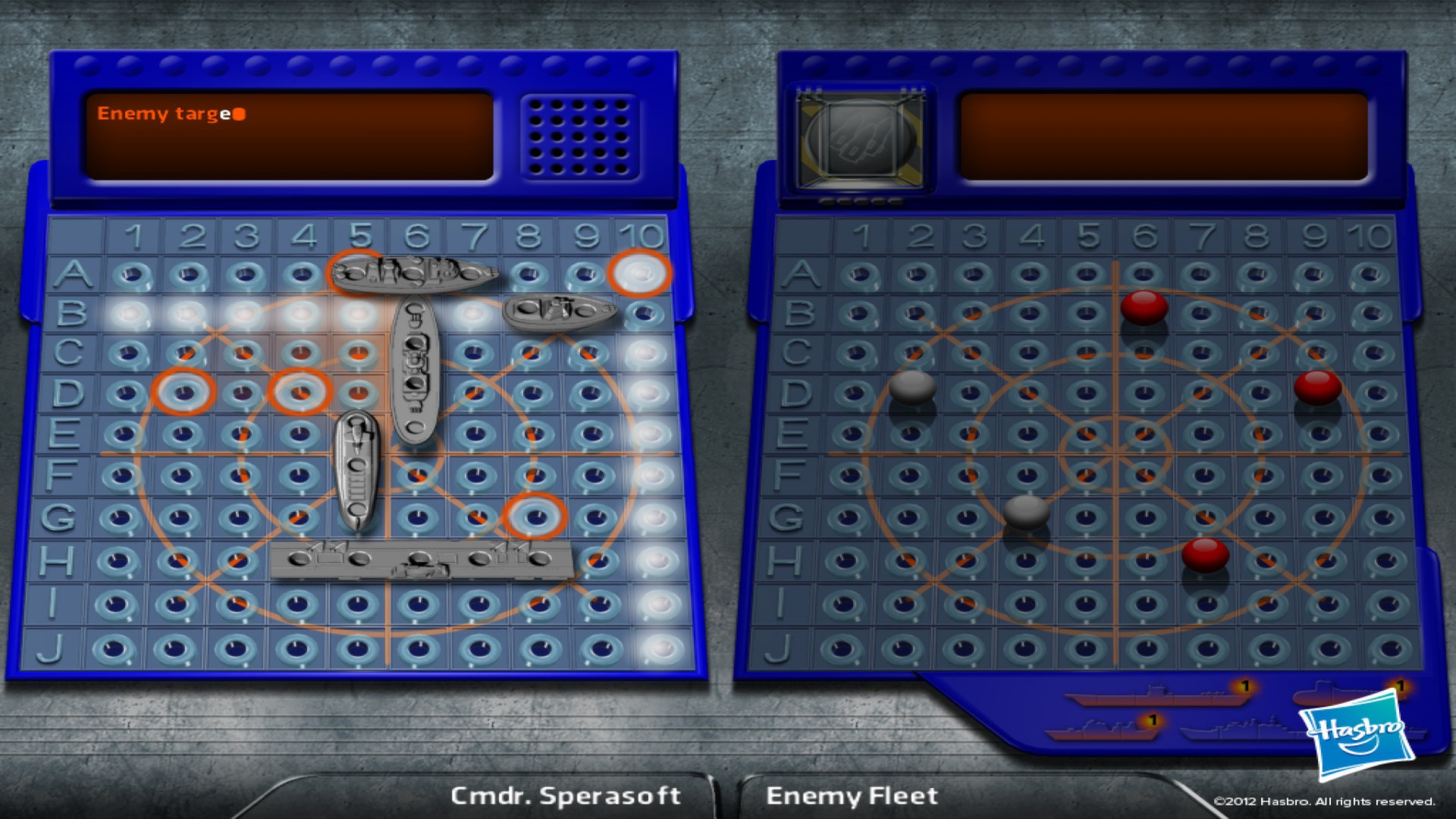

- #JVM TO RUN ECLIPSE FREE DOWNLOAD HOW TO#
- #JVM TO RUN ECLIPSE FREE DOWNLOAD INSTALL#
- #JVM TO RUN ECLIPSE FREE DOWNLOAD ARCHIVE#
Watch the Hello World! output within the console window. This starts the execution of your Java application within the Eclipse IDE. Step: Now choose the Run => Run menu item. SSV EMBEDDED SYSTEMS 2009, mht-cpc1l-20.doc, RevĦ 9.

Step: Please choose the Project => Properties menu item and select the compiler compliance level 1.5 (this compiler level belongs to Java 5) within the Properties for JavaApp1 dialog box (see JDK Compliance). SSV EMBEDDED SYSTEMS 2009, mht-cpc1l-20.doc, Revĥ Within the Eclipse editor window please replace the following Java source code line // TODO Auto-generated method stub with ( Hello World! ) 8. Step: The Eclipse workbench now contains an editor window with the Java source code template for the new HelloWorld class. Finally press Finish to create the new class. Make sure that in the Which method stubs would you like to create? area the public static void main(string args) check box is checked. Then enter the name HelloWorld for the new class. Step: In the New Java Class dialog box first select the source folder for the class. SSV EMBEDDED SYSTEMS 2009, mht-cpc1l-20.doc, RevĤ 6. This opens the New Java Class dialog box. Then select Class to add a new Java class. Step: Please open the Eclipse File menu again. SSV EMBEDDED SYSTEMS 2009, mht-cpc1l-20.doc, Revģ 5. It is necessary to tell Eclipse that this new project is for Java 5. Please note: The Com/PC Embedded Gateway Linux 2 (EGL/2) comes with a Java 5 runtime environment. Then select the Java 5 Run Time Environment (JRE) for this project (see Use a project specific JRE). Step: In the New Java Project dialog box, first please enter a project name (e.g.

This opens the New Java Project dialog box. After that click to the item Java Project within the project menu item list. Then select New to create a new Java project.

SSV EMBEDDED SYSTEMS 2009, mht-cpc1l-20.doc, RevĢ 3. The workspace is the location where your files and settings will be stored. Please note: The first time you start Eclipse, you will prompted for the location of your workspace. After that you see the Eclipse main window, also called the workbench. Step: Click to the Workbench icon within the Eclipse Welcome screen. This screen provides information for new users, examples and tutorials. C:\Program Files\eclipse\eclipse.exe) to bring up the IDE. Then run the Eclipse launcher program (e.g.
#JVM TO RUN ECLIPSE FREE DOWNLOAD ARCHIVE#
Use your archive program to unpack Eclipse into a permanent directory (e.g. Step: Download the Eclipse SDK file to a temporary directory. You can download Java SDKs from Look for the Java 5 and Java 6 J2SE SDK (Software Development Kit). Your PC as a development system needs the same Java version.
#JVM TO RUN ECLIPSE FREE DOWNLOAD INSTALL#
Eclipse requires Java to run, so if you don t already have Java installed on your machine, first install a Java 5 and a Java 6 SDK. To download the Eclipse IDE, go to Click on Downloads and then select the most recent stable or release version of the Eclipse SDK for your PC platform. One of the most powerful and helpful tool is the free Eclipse IDE (IDE = Integrated Development Environment).
#JVM TO RUN ECLIPSE FREE DOWNLOAD HOW TO#
1 How to use the Eclipse IDE for Java Application Development Java application development is supported by many different tools.


 0 kommentar(er)
0 kommentar(er)
